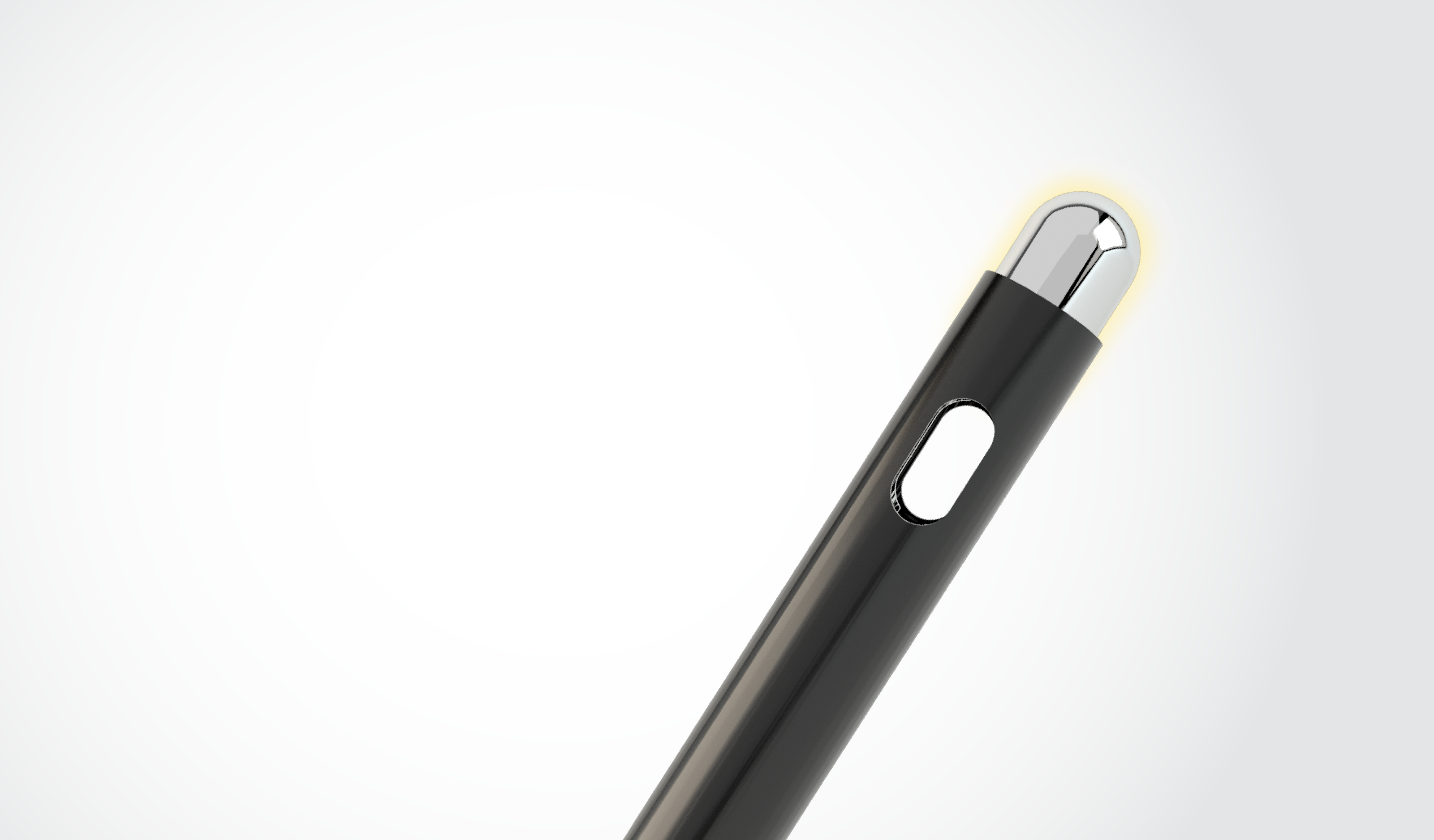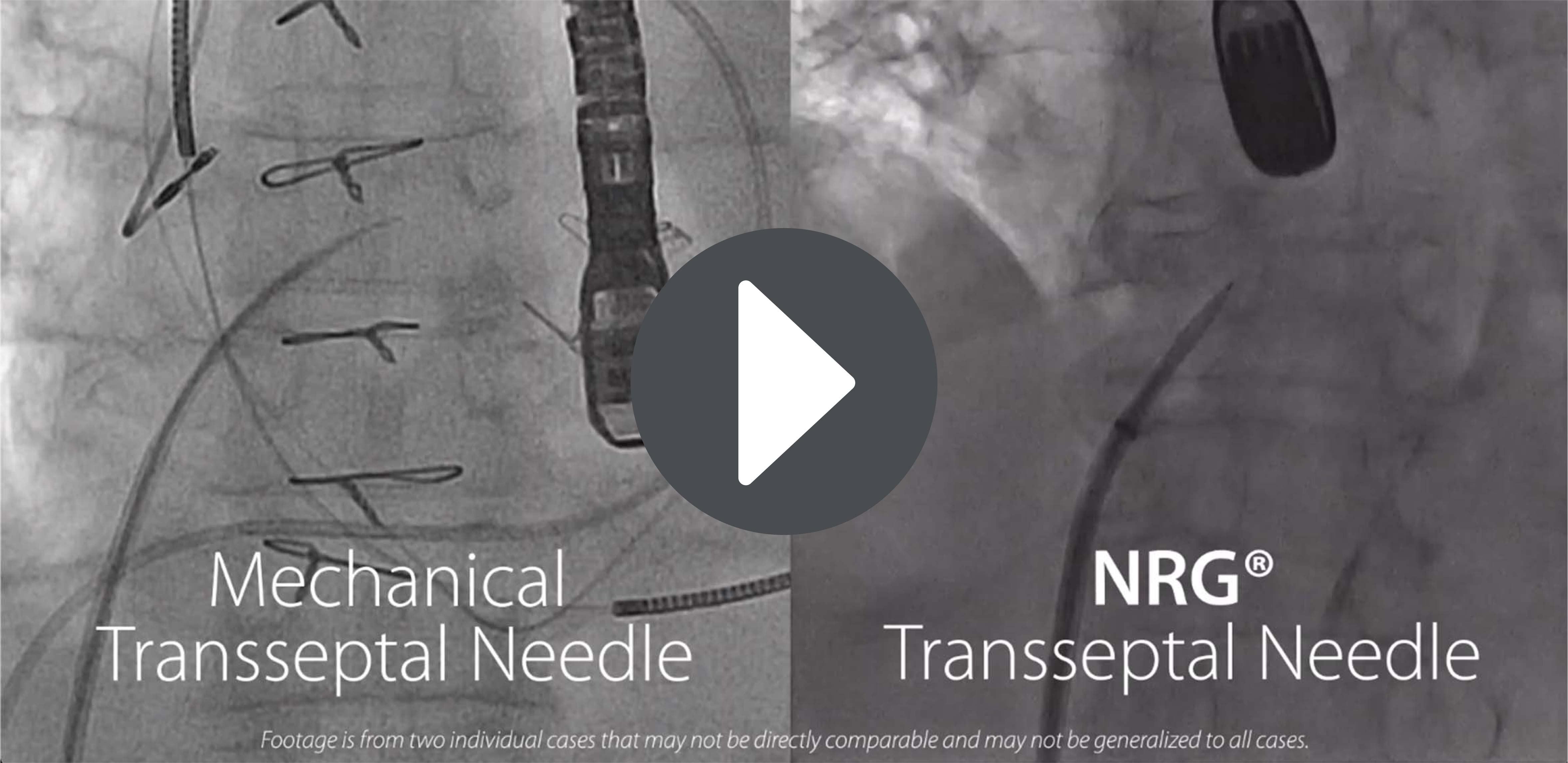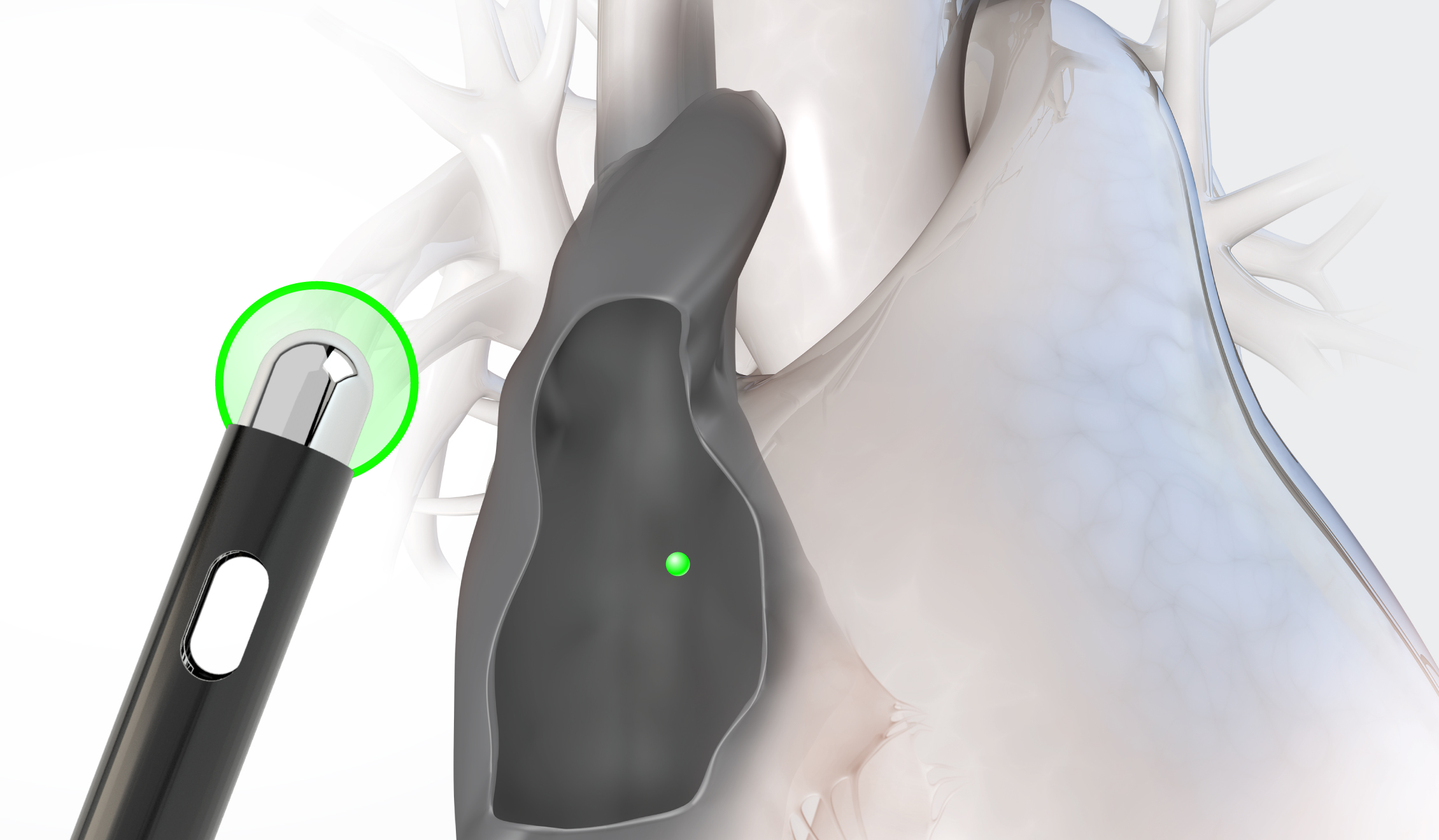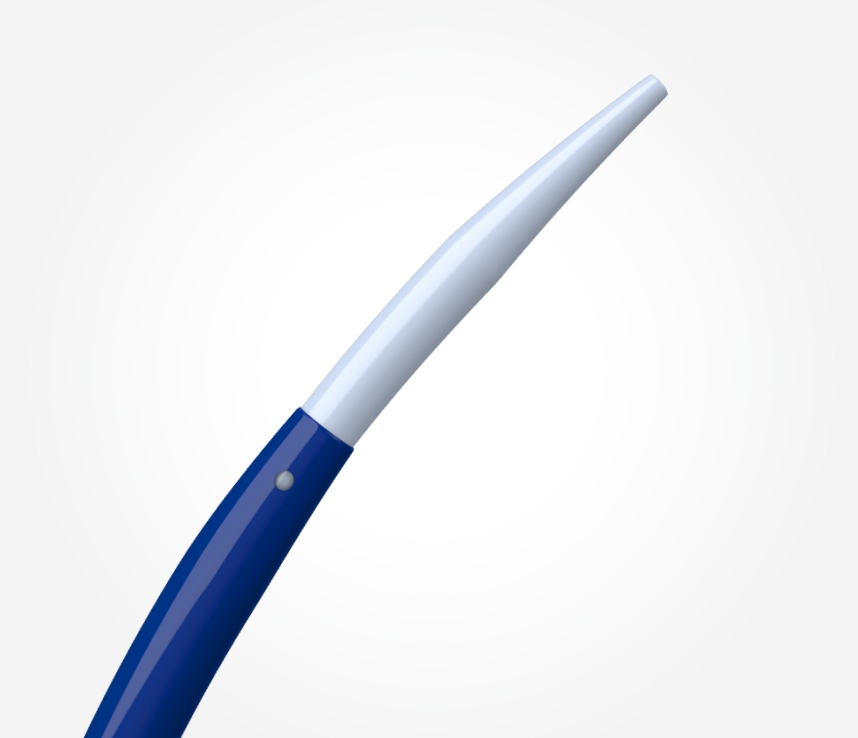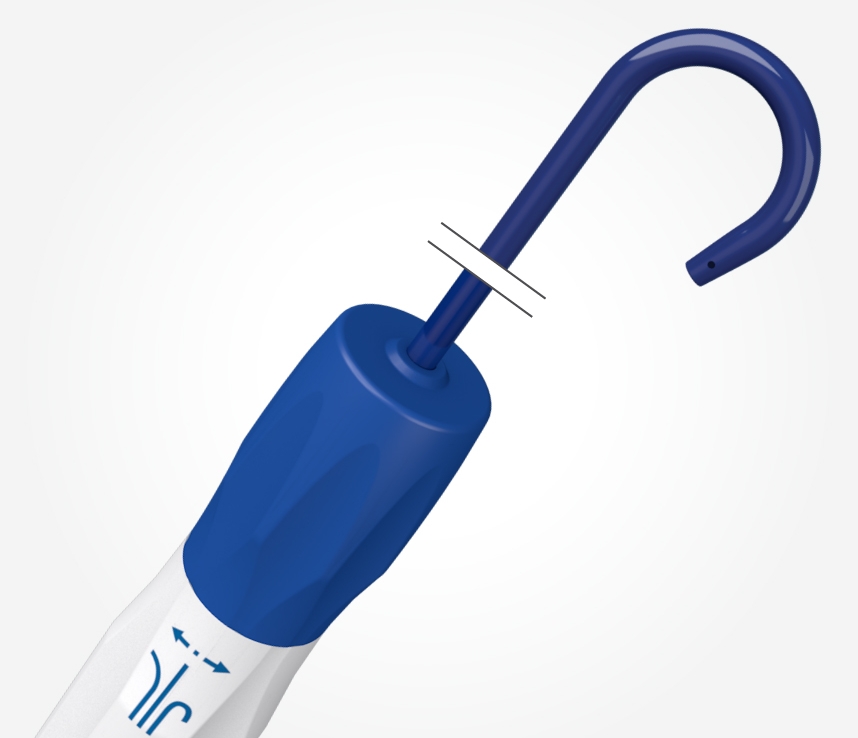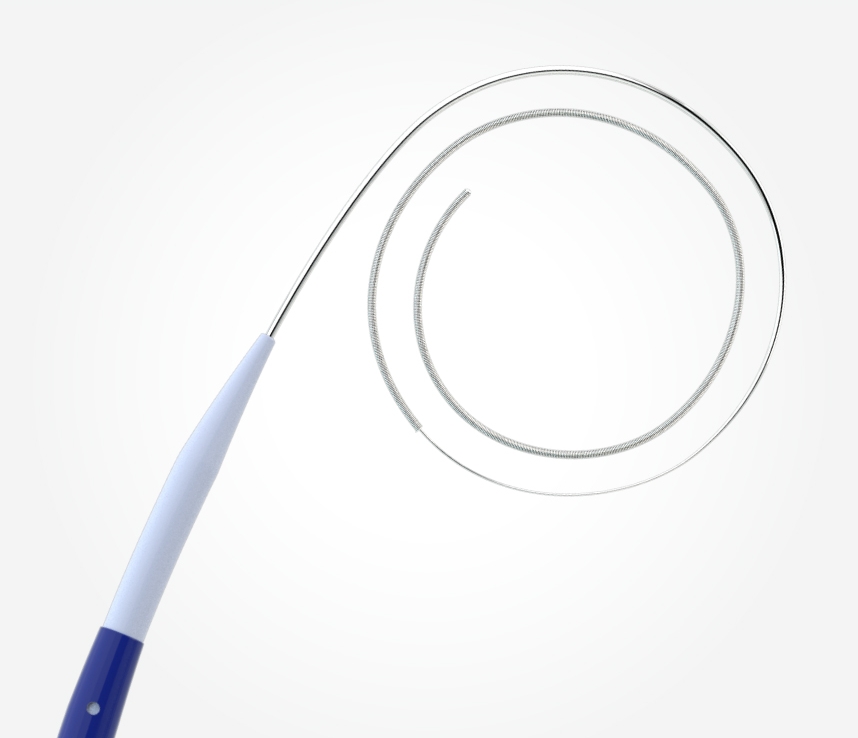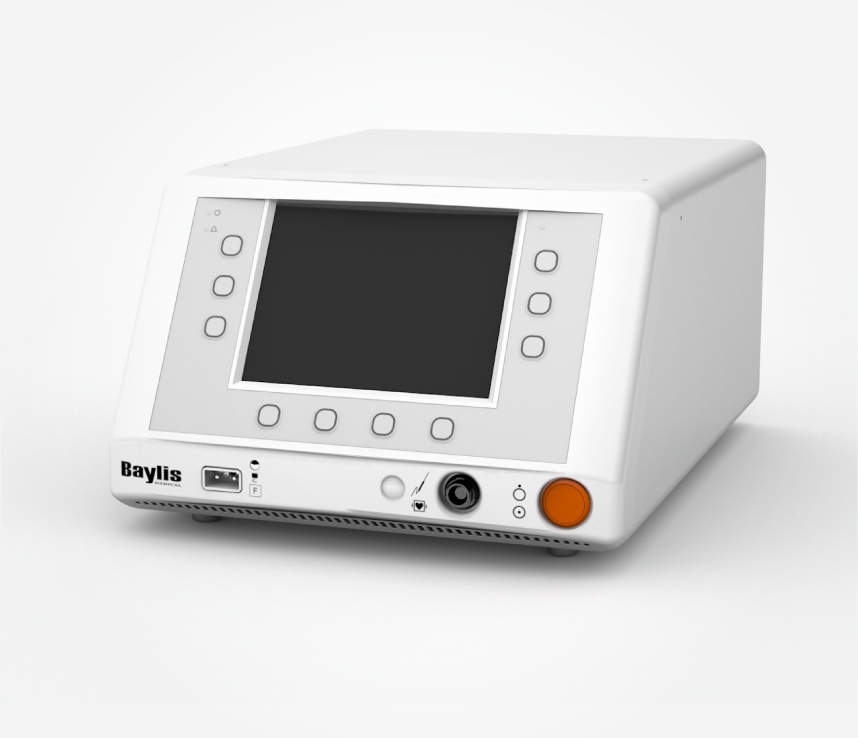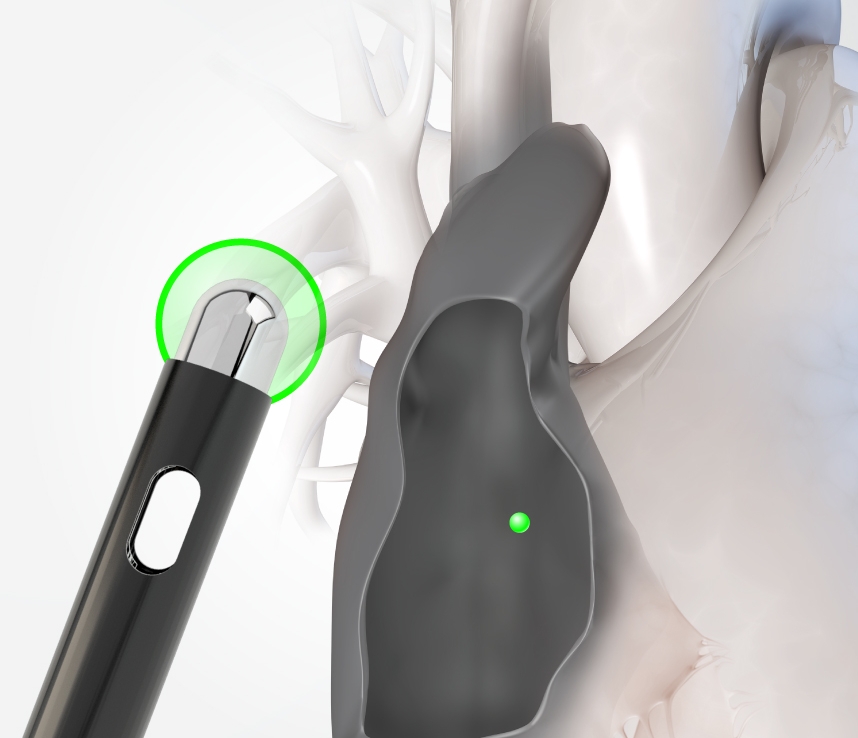NRG™ Transseptal Needle
Be Precise. Save Time.™
Improve crossing success rates1-3 and reduce procedure time3,4 with the revolutionary radiofrequency transseptal needle.

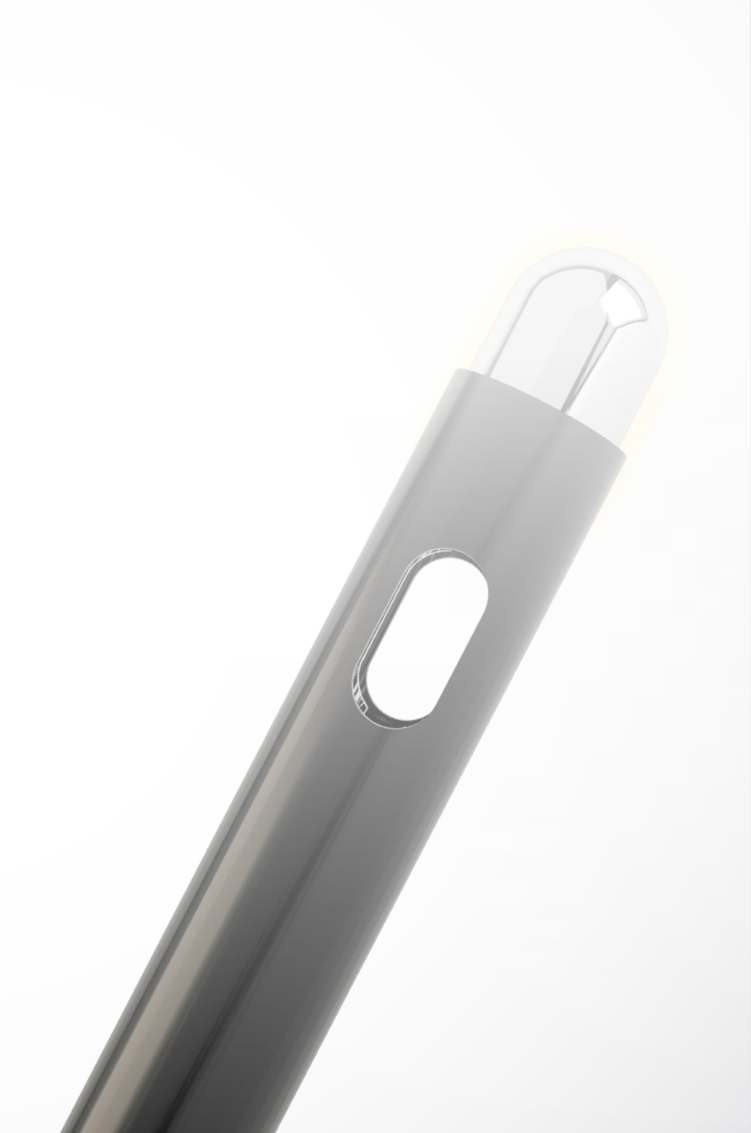
The standard for left heart access.
Using radiofrequency energy for your transseptal puncture saves time,3,4 reduces the rate of serious complications,1-6 and increases success rates as compared to mechanical alternatives.
Clinical Advantages‡
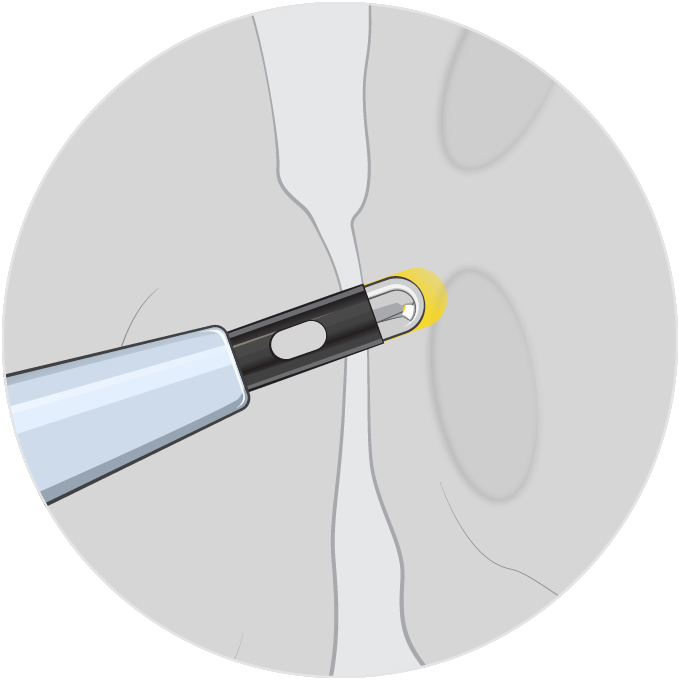
Successfully Cross
Successfully cross difficult anatomies.1 Cross aneurysmal septa while reducing excessive tenting,3 and fibrotic septa while reducing mechanical force.2
.png)
Lower Risk
Reduce the rate of serious complications attributed to transseptal puncture, with the use of a radiofrequency needle.1,3-6
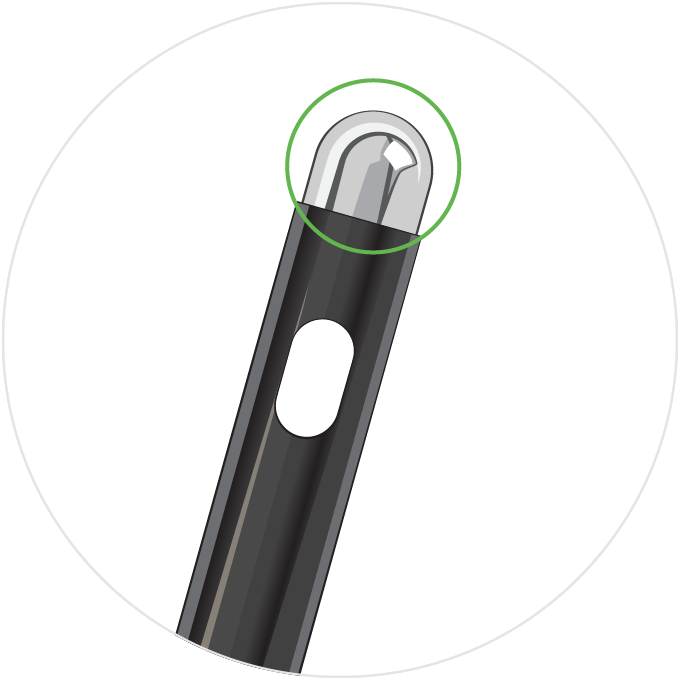
Targeted Crossing
Cross the septum at precise locations. Fine tune your position with the rounded atraumatic tip prior to RF delivery.
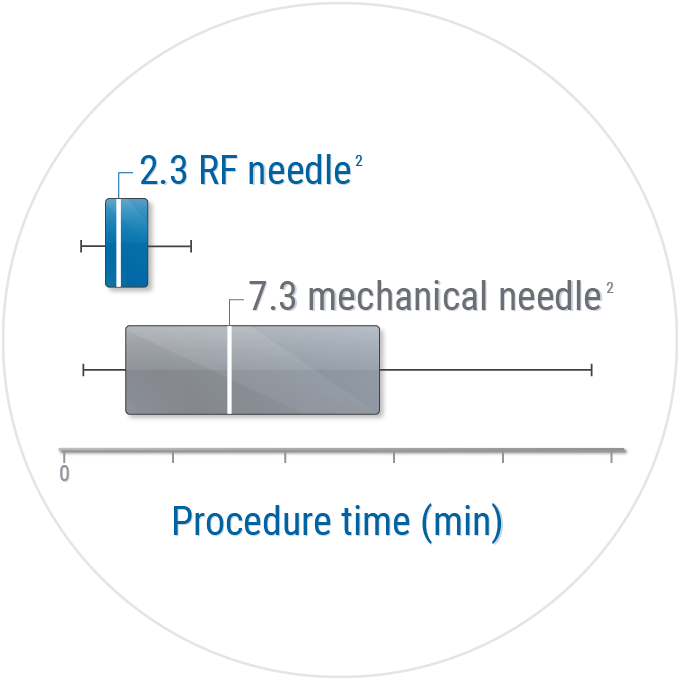
Save Time
Experience a shorter, more predictable transseptal puncture time.2-4 Reduce fluoroscopy time for transseptal puncture.3,5
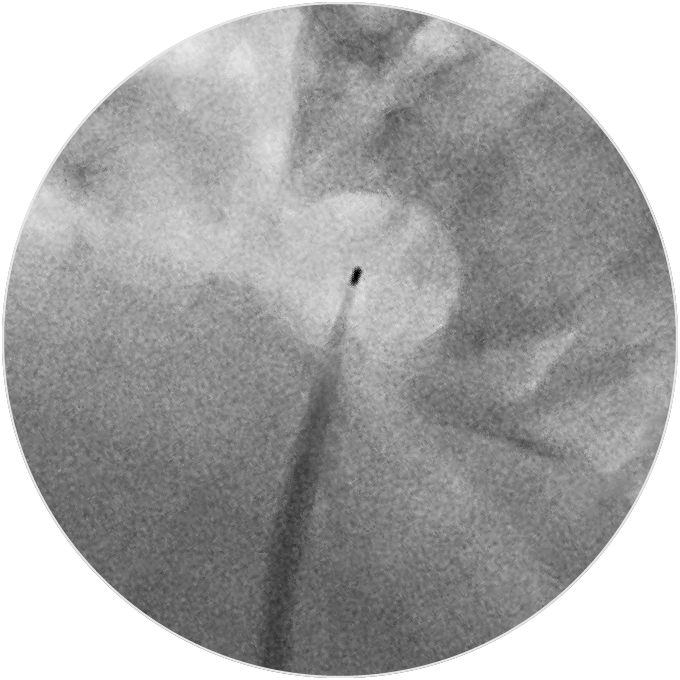
Visualize the Needle
Locate the RF needle on your mapping system. Visualize the tip’s exact location with a radiopaque marker during fluoroscopy.
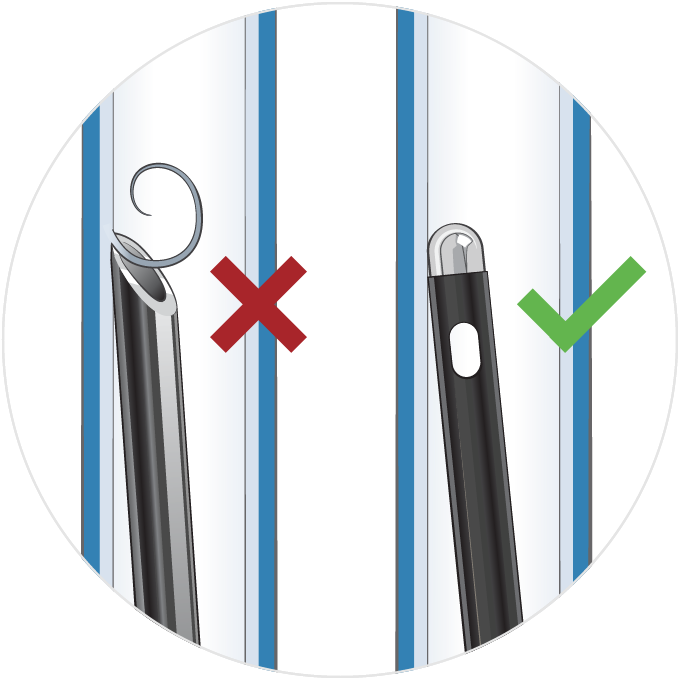
Reduce Skiving
Reduce skiving risk when advancing through the sheath and dilator, with a rounded atraumatic tip.†,5,7
† In vitro study simulating transseptal catheterizations. Any particles generated from advancement of the transseptal needles through the sheath and dilator were collected and analyzed.
IN THE USA
The clinical benefits of the NRG™ Transseptal Needle
can translate into healthcare cost savings, up to
FIND OUT MORE ABOUT THE ECONOMIC IMPACT
Read the Economic AnalysisTechnical Specifications
NRG™ Transseptal Needle
| Feature | Specifications |
|---|---|
| Needle curves | C0, C1 |
| Needle lengths | 56 cm, 71 cm, 89 cm, 98 cm |
| Dilator compatiblility | 0.032” |
Compatibility Table
| Compatible Transseptal Sheaths | Needle Length |
|---|---|
| 6F small anatomy fixed curve - 48 cm | 56 cm* |
| 8F or 8.5F fixed curve - 63 cm | 71 cm |
| 8.5F steerable curve - 72 cm | 98 cm |
Ordering Information
| Needle Curve | Needle Length | Product Code |
|---|---|---|
| Curve C0 | 56 cm* | NRG-E-56-32-C0 |
| 71 cm | NRG-E-HF-71-C0 | |
| 89 cm | NRG-E-HF-89-C0 | |
| 98 cm | NRG-E-HF-98-C0 | |
| Curve C1 | 71 cm | NRG-E-HF-71-C1 |
| 98 cm | NRG-E-HF-98-C1 |
Resource Library
Browse content specific to this product, such as brochures, publications, white papers, IFUs, videos and other product information.
BROWSE LIBRARYClinical Support
If you require an in-service training session or a follow up visit from one of our representatives, please contact us.
CONTACT SUPPORT- Comparison of a radiofrequency powered flexible needle with a classic rigid brockenbrough needle for transseptal punctures in terms of safety and efficacy Jauvert G, et al. Heart Lung Circ. doi: 10.1016/j.hlc.2014.07.073
- Randomized trial of conventional transseptal needle versus radiofrequency energy needle puncture for left atrial access (the TRAVERSE-LA Study) Hsu JC, et al. J Am Heart Assoc. doi: 10.1161/JAHA.113.000428
- Prospective comparison between conventional transseptal puncture and transseptal needle puncture with radiofrequency energy Fromentin S, et al. J Interv Card Electrophysiol. doi: 10.1007/s10840-011-9564-2
- The use of a radiofrequency needle improves the safety and efficacy of transseptal puncture for atrial fibrillation ablation Winkle RA, et al. Heart Rhythm. doi: 10.1016/j.hrthm.2011.04.032
- Feasibility and safety of transseptal puncture procedures for radiofrequency catheter ablation in small children weighing below 30 kg: Single-centre experience Yoshida S, et al. Europace. doi: 10.1093/europace/euv383
- Particle formation and risk of embolization during transseptal catheterization: Comparison of standard transseptal needles and a new radiofrequency transseptal needle Feld GK, et al. J Interv Card Electrophysiol. doi: 10.1007/s10840-010-9531-3
- Initial experience using a radiofrequency powered transseptal needle Smelley MP, et al. J Cardiovasc Electrophysiol. doi: 10.1111/j.1540-8167.2009.01656.x
